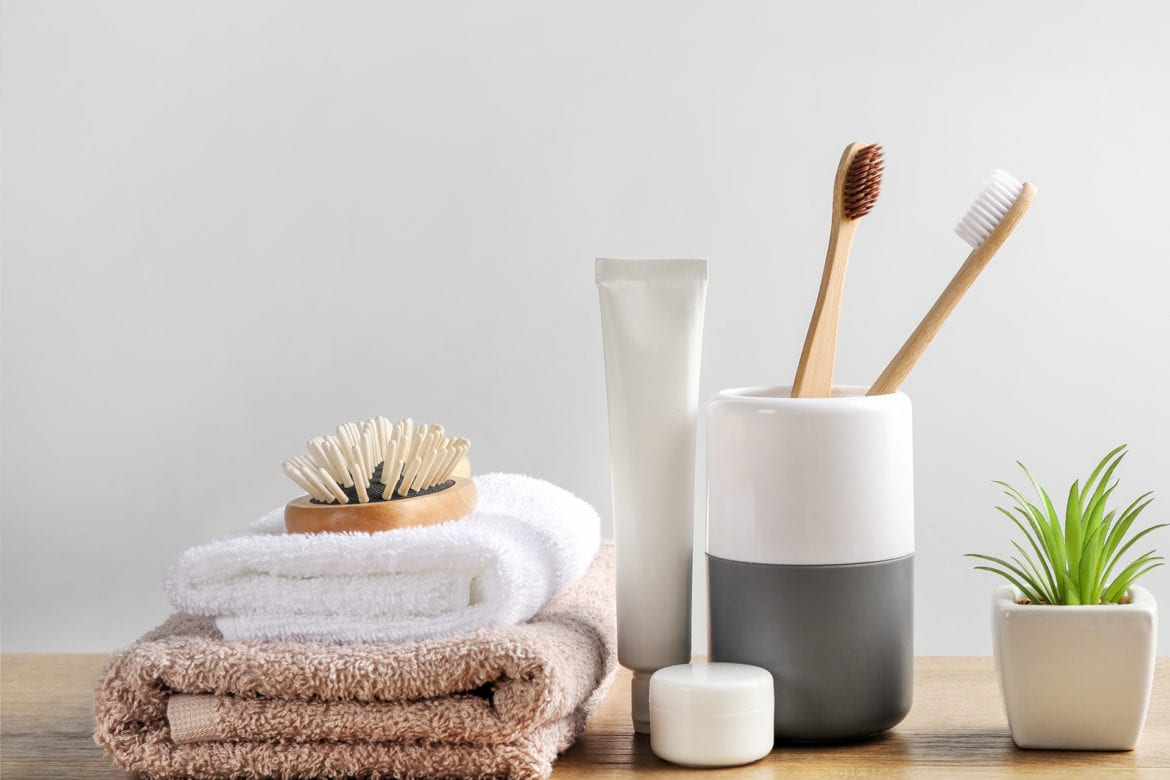Abstract
This study aimed to compare the effectiveness of microcurrent-emitting toothbrushes (MCTs) and ordinary toothbrushes in reducing the dental plaque index (PI) and dental caries activity among orthodontic patients. The evaluation was performed using a crossover study design involving 22 orthodontic patients randomly assigned to the MCT or ordinary toothbrush groups. The participants used the designated toothbrush for 4 weeks and had a 1-week wash-out time before crossover to the other toothbrush. PI (Attin’s index) and dental caries activity were measured at baseline and at the end of each 4-week period. Additionally, patients completed questionnaires to assess patient satisfaction for “freshness in mouth” and “cleansing degree.” The results showed that the MCT group had a significant reduction in PI (p = 0.009), whereas the ordinary toothbrush group did not (p = 0.595). There was no significant difference in the dental caries activity between the two groups (p > 0.05). Patient satisfaction assessment revealed that 65% patients in the MCT group had more than “fair” experience of freshness, in contrast to 50% of patients in the ordinary toothbrush group. Satisfaction with cleansing degree was similar in both groups. Overall, these findings suggest that MCTs are more effective in reducing dental PI than ordinary toothbrushes.
Introduction
The accumulation of dental plaque is a key etiological factor in enamel demineralization and periapical gingivitis. This is particularly aggravated in orthodontic patients, for whom efficient plaque removal is difficult due to fixed appliances. The site of bracket placement and the immediate tooth interface are major sites for the accumulation of dental plaque, even after brushing, increasing the occurrence of enamel demineralization. Dental plaque around the orthodontic appliance system can also result in an increase in the total microbial population with changes in the microbial ecosystem, leading to chronic infections, including periodontitis.
Several methods have been proposed for managing plaque-induced diseases in patients receiving long-term orthodontic care. The use of special bristles with short toothbrush heads and adjunctive oral hygiene therapy, such as chlorhexidine mouthwash, fluoride varnish application, and the use of super-floss, are actively practiced clinically. The mechanical method with a short-bristle brush and the use of Charter’s technique (rotating the toothbrush face tilted 45° back and forth) are believed to improve access around the oral cavity, whereas the adjunct methods are aimed at a chemical effect. Nonetheless, most oral hygiene practices are compliance-dependent, and an instant change in brushing habits or the use of interdental cleaning aids may result in a lower adaptation. Furthermore, prescriptions for hygiene management during orthodontic treatment vary by age group; therefore, there is no universally applicable hygiene method. In other words, an effective alternative that is easier to adapt to address plaque-induced problems is necessary.
Numerous studies have reported short- and long-term comparisons of the efficacies of powered toothbrushes. Electric toothbrushes are more effective than manual toothbrushes in removing plaque and controlling gingivitis. An in vitro study also reported that an electric toothbrush significantly penetrated the interproximal area beyond the reach of the bristles7. Although in vitro biofilm removal with the use of electric toothbrushes is promising, other risks have been reported, such as gingival recession and tooth abrasion due to electrical vibration. In addition, a clear conclusion could not be drawn as to whether electric or manual toothbrushes were most effective for biofilm management in orthodontic patients. Similarly, no change in plaque index (PI) or gingival index (GI) with an electric toothbrush was reported after 4 and 8 weeks of use in orthodontic patients.

